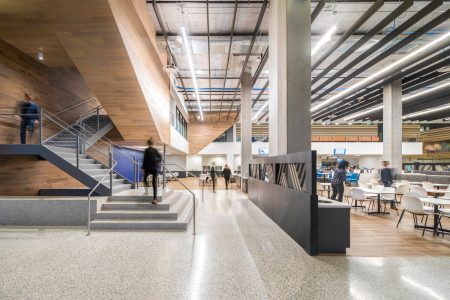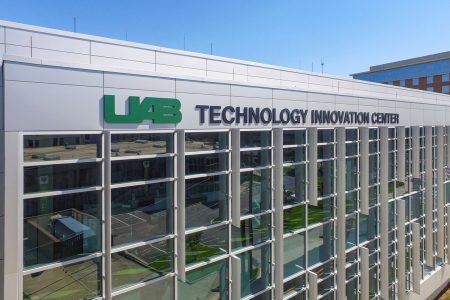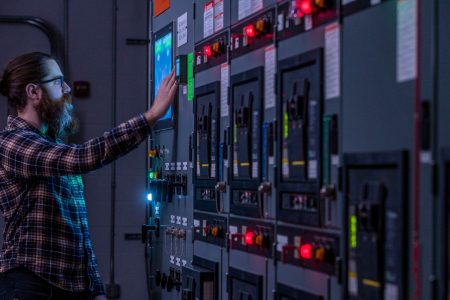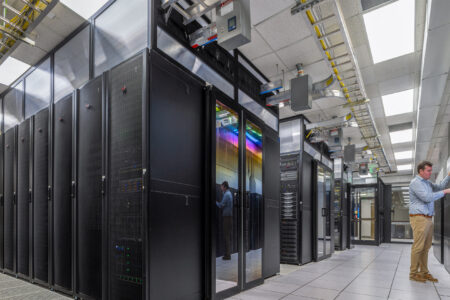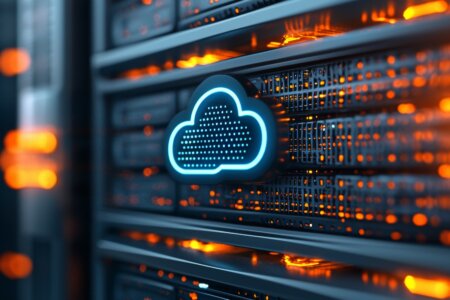Data Center Design Strategies for the AI Revolution
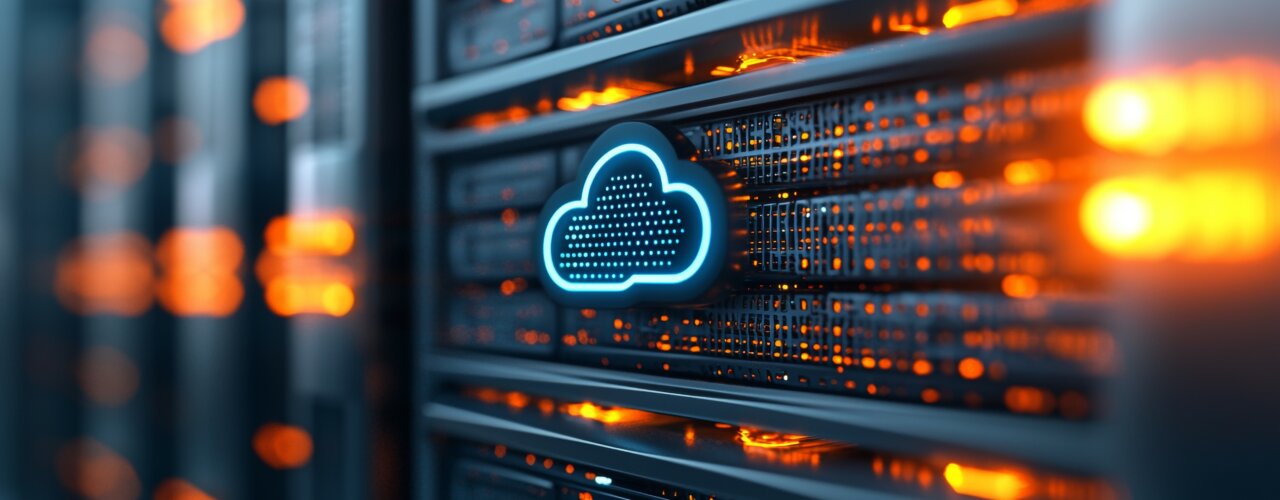
RSP’s Rajan Battish explores the technical and energy challenges driving a new era of data center design, as well as the risk of an AI bubble.
Artificial Intelligence is reshaping nearly every industry. But perhaps the most profound, and least visible, impact lies in how it transforms our energy systems. The data centers that power AI models are becoming some of the largest consumers of electricity in the United States. Once focused primarily on government research and enterprise computing, these facilities now form the physical backbone of daily life, supporting everything from automated logistics to financial forecasting and creative design.
Goldman Sachs projects that AI-driven electricity consumption could reach 500 terawatt-hours (TWh) in the coming years, rivaling the total power usage of entire nations. Meanwhile, the Pennsylvania–New Jersey–Maryland Interconnect (PJM) anticipates a 16% increase in grid demand over the next 15 years, primarily fueled by data center growth. Across ten major utility regions, planners estimate a total peak demand capacity of 128 gigawatts, a figure that could strain both existing infrastructure and long-term energy strategies.
The Rise of Hyperscale AI Data Centers
The rapid deployment of AI is leading to a new generation of hyperscale data centers, facilities designed for unprecedented computing density and speed. These centers are being driven by massive investments from the world’s leading technology companies, collectively known as the “Magnificent Seven,” which have added nearly $11 trillion in market value since 2023. Their growth is accelerating faster than the energy sector can keep up, creating a widening gap between power supply and demand.
Hyperscale data centers refresh their hardware every 18 to 24 months, following Moore’s law of computational progress. This relentless upgrade cycle introduces uncertainty into long-term energy forecasts. While traditional grid planning operates on a ten-year horizon, data center load profiles can shift dramatically within three to five years, making it increasingly difficult to anticipate where and how power will be needed.
Learning from the Past: The Risk of an AI Bubble
The parallels to the Dot Com era are difficult to ignore. During the late 1990s, a rush to build internet infrastructure led to an overcapacity of both data centers and power generation. The result was a wave of bankruptcies among independent power producers and developers once the market corrected. Some analysts fear the AI boom could trigger a similar pattern if expectations outpace actual adoption and usage.
The success of AI depends on how quickly and widely businesses and consumers integrate it into their operations. Large enterprises are already embedding AI into data analytics, logistics, and automation, while smaller businesses are looking to AI for cost savings, efficiency, and productivity. However, factors such as regulation, governance, and ethical oversight could slow that adoption. Policies aimed at preventing misuse or ensuring transparency may affect the growth curve of AI-related infrastructure.
Efficiency Gains and Their Limits
Historically, data centers have managed to keep energy consumption relatively stable despite skyrocketing compute demand. This has been achieved through technological leaps such as virtualization, which consolidated multiple server functions into a single, more powerful system, and the rise of cloud computing, which centralized operations and improved efficiency. Power Usage Effectiveness (PUE), a key performance metric, has improved dramatically from around 3.0 in early data centers to approximately 1.1 in today’s hyperscale facilities.
However, AI data centers are changing that balance. Their higher compute intensity and reliance on mechanical cooling systems push PUE upward again. Analysts estimate a blended PUE of around 1.35 for AI facilities, meaning they use more total energy for every watt of computing power compared to their traditional counterparts. Without continued innovation in cooling technologies and chip design, these efficiency gains could plateau even as demand continues to climb.
Bridging the Power Gap
Meeting AI’s immense energy appetite will require both creativity and collaboration. Bridging power solutions such as Small Modular Reactors (SMRs), distributed generation, and microgrids could help stabilize supply while maintaining sustainability goals. Utilities, long accustomed to predictable demand cycles, must now pivot toward dynamic energy management strategies that integrate renewable resources, on-site generation, and real-time data analytics.
The North American Electric Reliability Corporation (NERC) has already begun exploring these challenges through white papers and working groups focused on large-load customers like data centers. Tariff structures, grid stability, and interconnection standards will all need to evolve in response to this new landscape. The conversation is no longer about whether AI will influence the grid but how quickly the grid can adapt.
The Future of Data Center Design
If history offers any lesson, it is that innovation moves faster than infrastructure. Yet this moment presents an opportunity to align the digital and physical worlds in a way that is both sustainable and forward-looking. Emerging technologies such as reversible and quantum computing may eventually reduce the energy intensity of AI workloads, but they remain years away from widespread deployment.
In the meantime, partnerships between data center developers, utilities, and regulators will be crucial. Planning for the next decade of energy demand cannot rely solely on past models or outdated assumptions. The convergence of AI and energy has the potential to either destabilize the grid or drive an unprecedented wave of investment in cleaner, smarter power systems.



